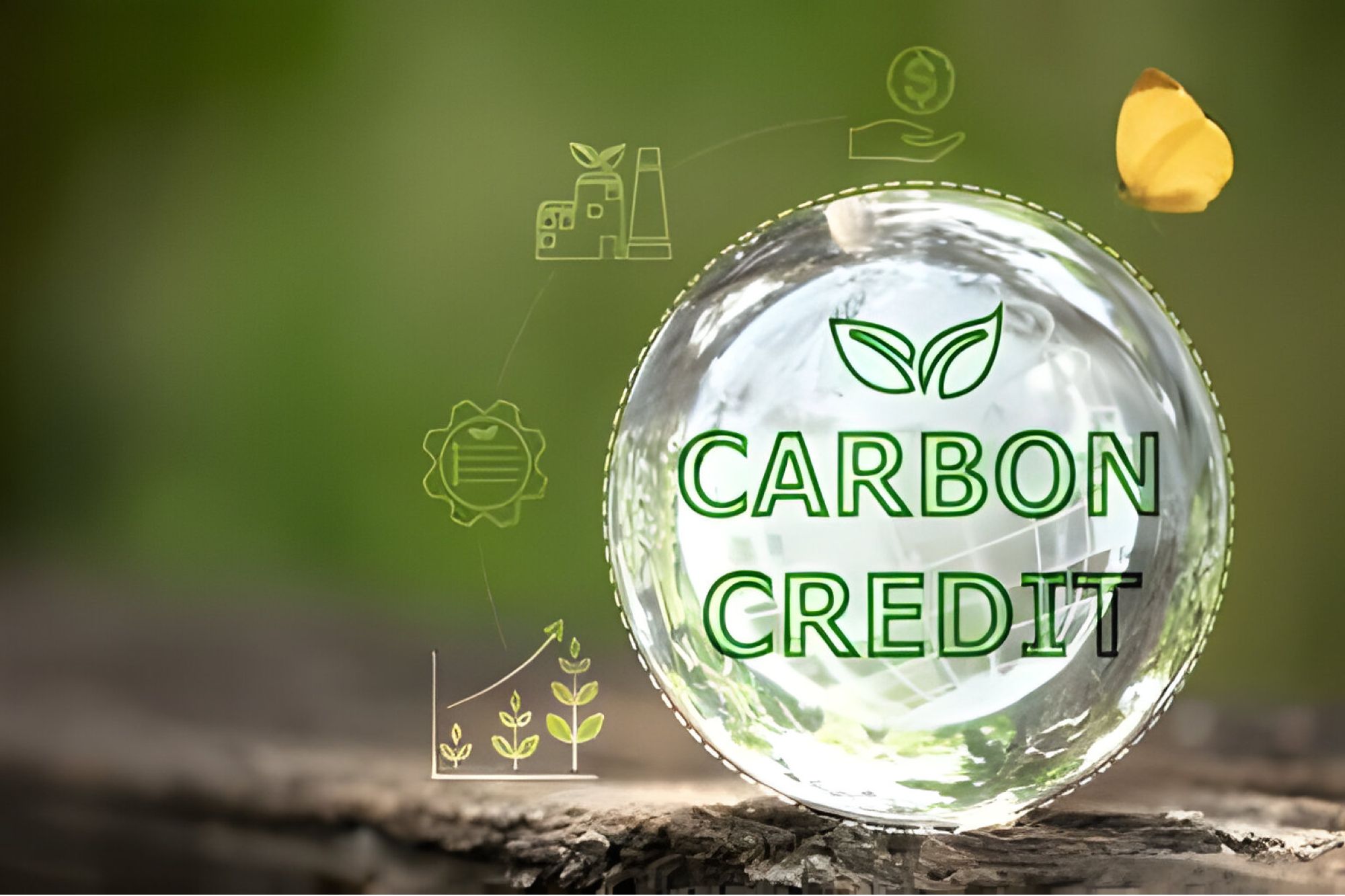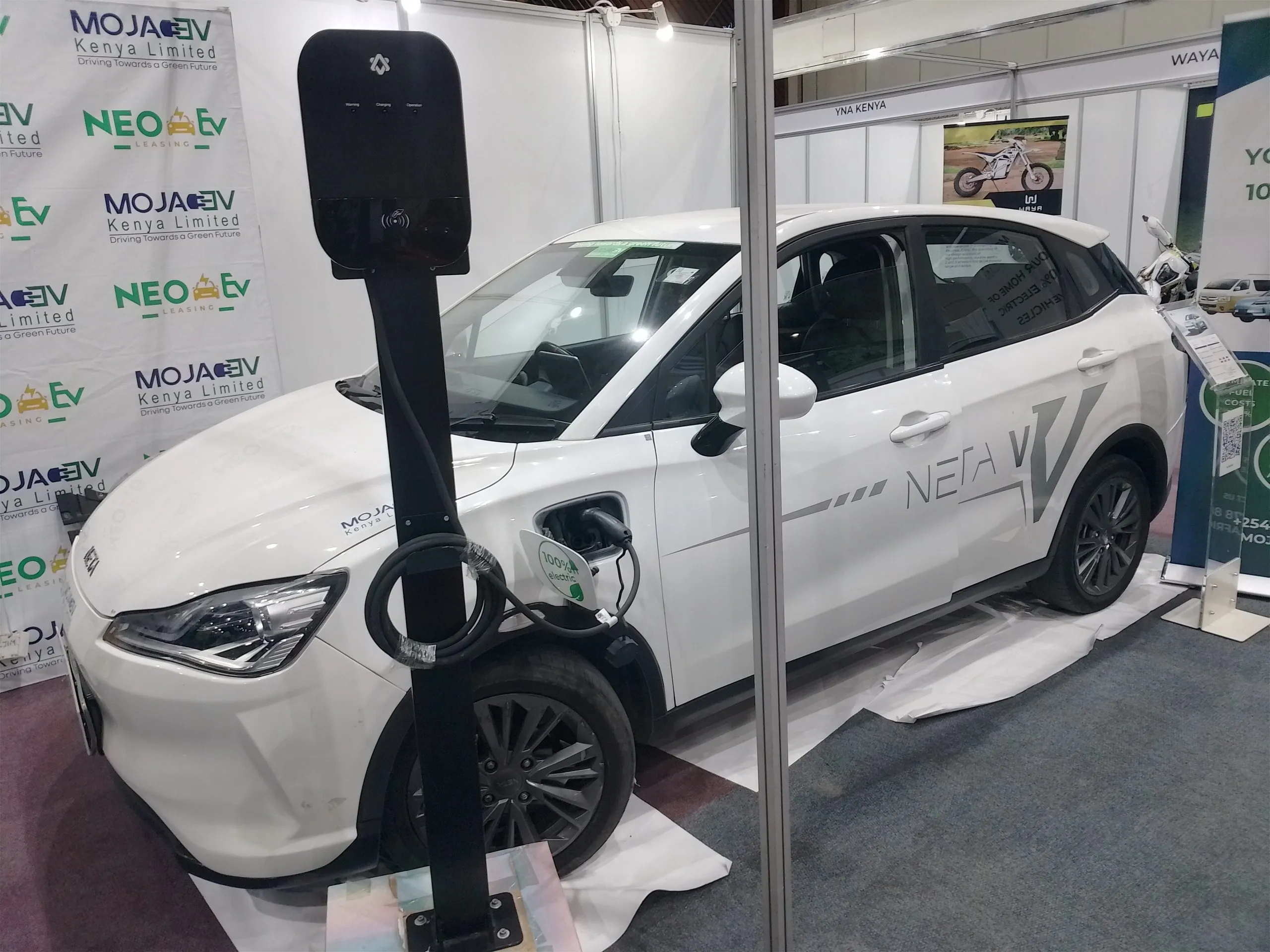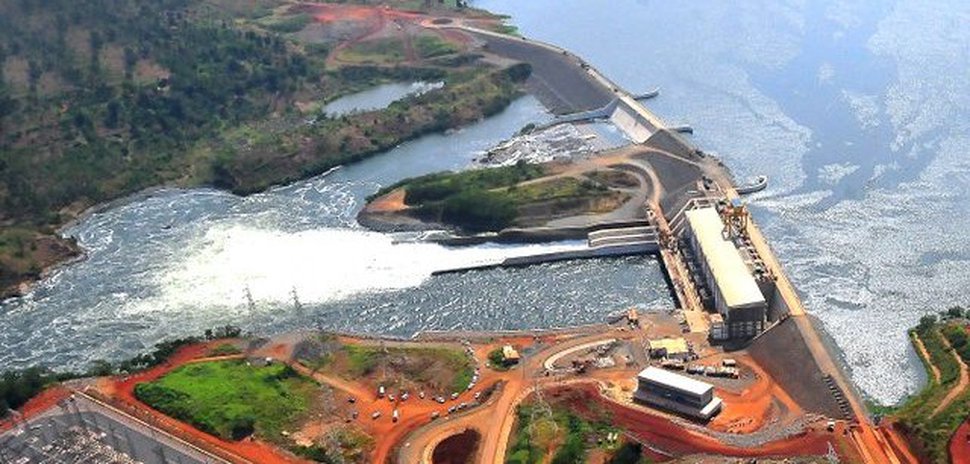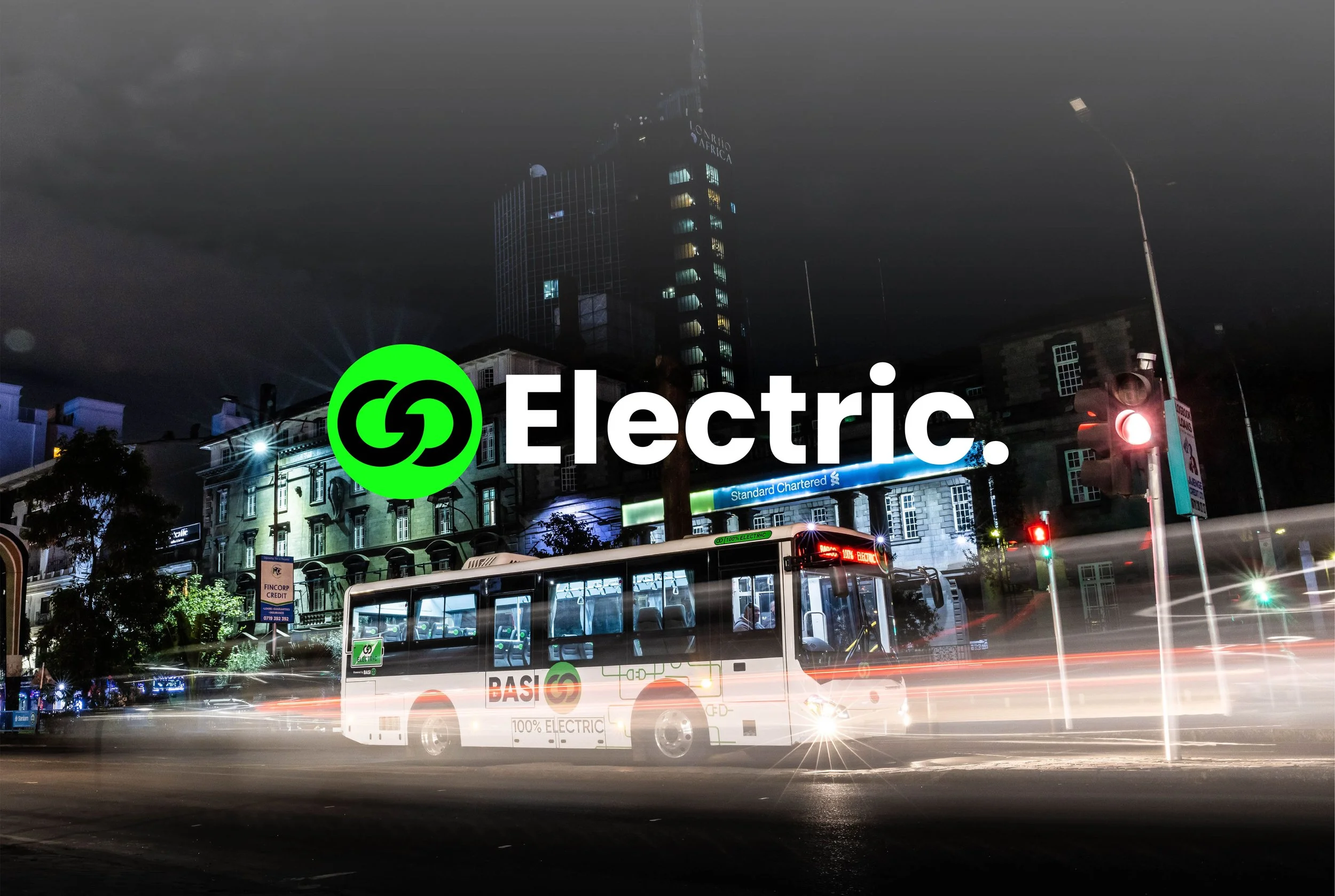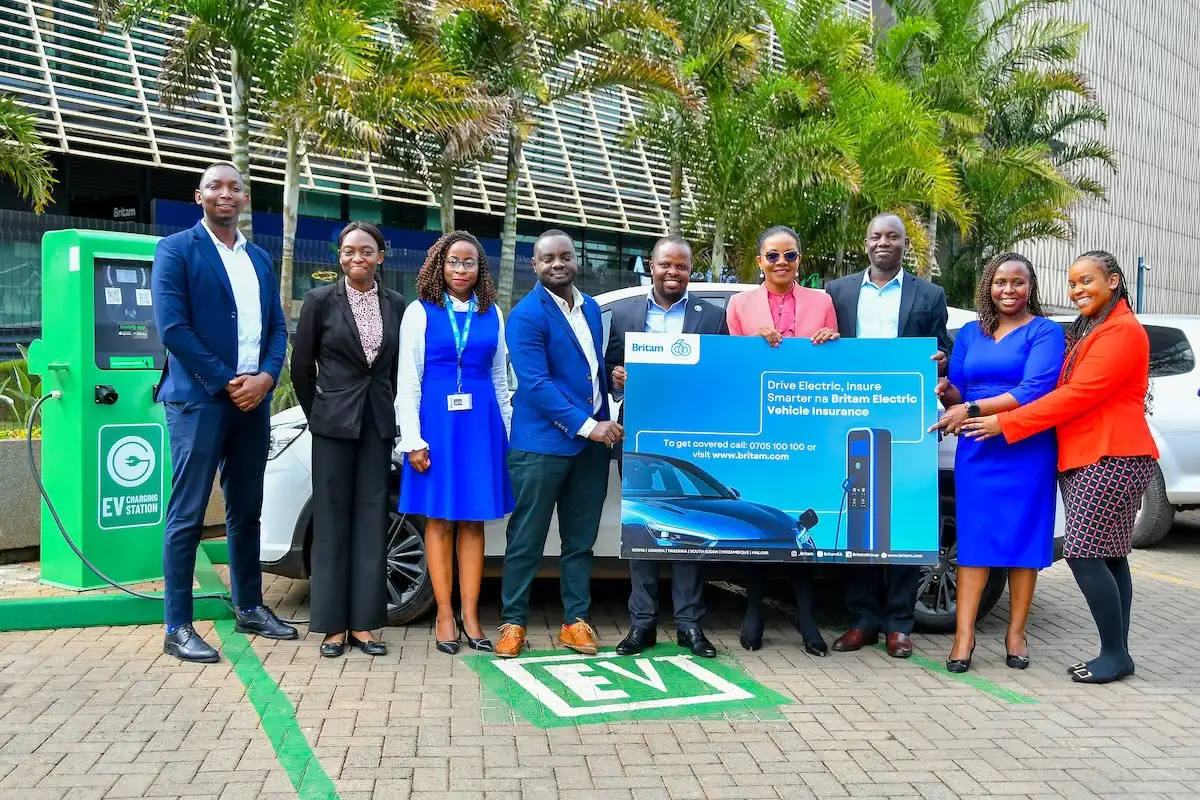As Kenya faces the growing impacts of climate change, including droughts threatening maize harvests, erratic rains affecting tea farmers, and rising sea levels in Mombasa, innovative solutions like carbon credits are gaining momentum.
But what exactly are carbon credits, and how can they benefit Kenyans? This beginner-friendly guide breaks down the essentials of carbon credits, explores their role in fighting climate change, and highlights how Kenyan communities are already reaping rewards.
Whether you’re a farmer in Nyeri, a business owner in Nairobi, or a student passionate about sustainability, this article will empower you to understand and engage with this critical climate tool.
What Are Carbon Credits?
Carbon credits are like a currency for fighting climate change. Each credit represents one tonne of carbon dioxide (CO₂) or equivalent greenhouse gases that have been reduced, avoided, or removed from the atmosphere.
Companies, governments, or individuals buy these credits to offset their emissions, funding projects that protect the environment.
In Kenya, carbon credits are generated through projects like
- Reforestation: Planting trees in areas like the Mau Forest to absorb CO₂..
- Renewable Energy: Building solar or geothermal plants, like those in Olkaria, to replace fossil fuels.
- Conservation: Protecting forests, as seen in the Kasigau Corridor REDD+ project in Taita Taveta.
These projects not only reduce emissions but also create jobs, improve livelihoods, and fund community development.
How Do Carbon Credits Work?
Here’s a simple breakdown of the carbon credit process:
- Project Development: A Kenyan organisation, like Wildlife Works, starts a project (e.g., protecting forests or installing solar panels) that reduces emissions.
- Verification: Independent auditors measure the project’s impact, ensuring it reduces or removes the claimed amount of CO₂..
- Credit Issuance: Each tonne of CO2 reduced earns a carbon credit, certified by standards like the Verified Carbon Standard (VCS).
- Sale: Credits are sold on global or voluntary markets to companies or individuals wanting to offset their emissions.
- Community Benefits: Funds from sales support local communities, such as building schools or providing clean water in project areas.
For example, the Kasigau Corridor REDD+ project has protected 500,000 acres of forest, generated millions in carbon credit revenue, and funded community projects like schools and water systems in Taita Taveta.
READ ALSO:
Africa Set to Benefit from Carbon Credit Agreement Reached at COP29
Voluntary vs. Compliance Carbon Markets: What’s the Difference?
Carbon credits are traded in two main markets:
- Voluntary Carbon Markets (VCM): Businesses or individuals voluntarily buy credits to offset emissions. For instance, a Kenyan startup might purchase credits to become “carbon neutral.” These markets are growing in Kenya, with projects like the Kenya Agricultural Carbon Project supporting farmers.
- Compliance Carbon Markets: Governments mandate companies to offset emissions under regulations, like the EU’s Emissions Trading System. Kenya is aligning with global compliance markets through policies like the Climate Change (Carbon Markets) Regulations 2024.
Understanding these markets helps Kenyans tap into both local and global opportunities.
Why Carbon Credits Are a Game-Changer for Kenya
Kenya is emerging as a leader in Africa’s carbon market, with projects that showcase the power of climate finance:
- Community Empowerment: The Kasigau Corridor project employs over 400 locals and funds scholarships for students.
- Economic Growth: Carbon credits have generated millions for Kenya, with the Africa Carbon Markets Initiative aiming to unlock $6 billion by 2030 across the continent.
- Environmental Protection: Projects like the Chyulu Hills REDD+ initiative protect biodiversity while reducing emissions.
By participating in carbon markets, Kenya is not only fighting climate change but also building a greener, more inclusive economy.
How Can Kenyans Get Involved?
Whether you’re an individual, farmer, or business owner, here are ways to engage with carbon credits:
- Learn and Advocate: Educate yourself about carbon projects and share knowledge with your community. Follow organisations like the Kenya Climate Innovation Centre on X.
- Support Local Projects: Join tree-planting initiatives or volunteer with groups like the Green Belt Movement.
- Explore Business Opportunities: If you’re an entrepreneur, investigate how your business can generate or trade carbon credits. Platforms like Pezesha could help fund such ventures.
- Offset Your Footprint: Individuals can buy voluntary carbon credits to offset personal emissions, supporting Kenyan projects.
The Carbon Credit Process in Kenya
How a carbon credit is born: From project to community impact.
- Project Starts: A forest or renewable energy project reduces CO2.
- Verification: Auditors confirm the emissions reduction.
- Credit Issued: One credit = one tonne of CO2 reduced.
- Sold on Market: Credits fund community projects.
- Impact: Schools, jobs, and clean water for Kenyans.
Challenges to Watch
While carbon credits offer promise, challenges exist:
- Transparency: Ensuring funds reach communities can be tricky. Look for projects certified by trusted standards like VCS.
- Accessibility: Small-scale farmers may struggle to enter carbon markets due to high certification costs.
- Market Volatility: Prices for credits can fluctuate, affecting project viability.
Despite these hurdles, Kenya’s proactive policies, like the 2024 Carbon Markets Regulations, are addressing these issues to make markets more inclusive.
READ ALSO:
Can Carbon Credits Become Kenya’s Next Cash Crop?
Join Kenya’s Carbon Credit Revolution
Carbon credits are more than a climate tool; they’re a pathway to a sustainable future for Kenya. Want to make a difference? Here’s how:
- Subscribe to our newsletter for the latest climate finance updates.
- Share this article on X with #CarbonCreditsKenya to spark conversation.
- Explore local carbon projects and get involved in your community.
Together, we can make Kenya a global leader in carbon markets while building a greener tomorrow.
Ronnie Paul is a seasoned writer and analyst with a prolific portfolio of over 1,000 published articles, specialising in fintech, cryptocurrency, climate change, and digital finance at Africa Digest News.
